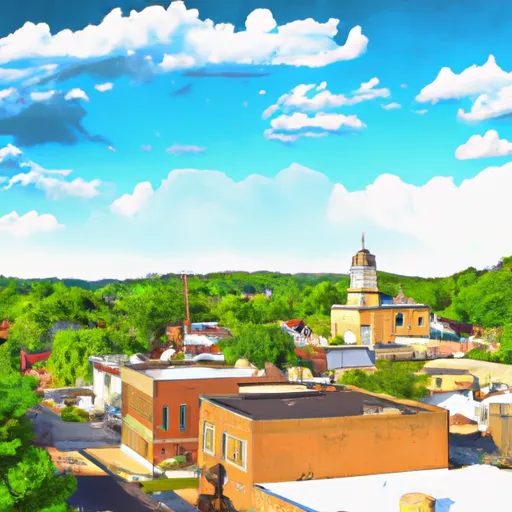°F
°F
mph
Windspeed
%
Humidity











Jasper, Ohio is a small town located in the Midwestern region of the United States. Known for its picturesque landscapes and serene environment, the town offers diverse outdoor recreation opportunities for nature enthusiasts. The climate in Jasper is characterized by four distinct seasons. Summers are typically warm and humid, with temperatures ranging from 70 to 90 degrees Fahrenheit. Winters are cold, with temperatures averaging between 20 to 40 degrees Fahrenheit, and snowfall is common.
Jasper is surrounded by various water bodies, including rivers, lakes, and streams, making it an ideal location for water-based activities. The hydrology constituents of the area consist of clear, freshwaters that support a rich ecosystem of aquatic plants and wildlife. Fishing, boating, and swimming are popular pursuits among locals and visitors alike.
Nature lovers can explore the numerous parks and trails in and around Jasper. The town is home to several parks that offer opportunities for hiking, biking, and picnicking. The nearby forests provide a tranquil setting for camping and wildlife observation. With its favorable climate, beautiful waterways, and diverse outdoor recreational options, Jasper, Ohio is a haven for those seeking to reconnect with nature.
Weather Forecast
Jasper receives approximately 1035mm of rain per year, with humidity levels near 81% and air temperatures averaging around 12°C. Jasper has a plant hardyness factor of 6, meaning plants and agriculture in this region thrive during a short period during spring and early summer. Most plants will die off during the colder winter months.
Nearby Snowpack Depths
2
Inches
Regional Streamflow Levels
133
Cubic Feet Per Second
66
Cubic Feet Per Second
19
Cubic Feet Per Second
31
Cubic Feet Per Second
Nearby Camping
| Camping Area | Reservations | Toilets | Showers |
|---|---|---|---|
| Paintsville Lake State Park |



